An official account of all species that have been recorded and reported by birdwatchers and naturalists in the Poole Harbour area since records began.
The data for this list has been extracted from various sources, but George Greens 'The Birds of Dorset', Mansel-Pleydell's Birds of Dorsetshire, Naylor’s reference manual of rare birds and the back catalogue of Dorset bird reports have provided most information. Data is currently still being researched and records will be updated accordingly.
You can view this information in two different ways. Our alphabetical list provides information on the status of each species within the harbour, finder dates and names, photos and favoured locations. By clicking on the Systematic List button you will be presented the full Poole Harbour systematic list which includes status of species, pending records and historical accounts.
To date, 333 species have occurred and have been accepted within the Birds of Poole Harbour boundaries. A further 11 distinct subspecies have also been seen. In addition, we have two species/subspecies which have been recorded, but are awaiting acceptance by the appropriate records panel.
There are a handful of historical records, for which there is currently insufficient information to allow their inclusion onto the Poole Harbour list, but are believed to be genuine records. They are listed at the end of the list.
Finally, there are a number of feral or escaped species that have been recorded within the Birds of Poole Harbour boundaries. They are included for completeness, but are not included on the Poole Harbour list.
We would be interested in hearing details of any species that do not appeared on this list.
The Birds of Poole Harbour systematic list is a PDF which you can view by clicking on the button below. It was last updated on December 2019.
Full Poole Harbour Systematic List
Feral Pigeon
Latin Name
Columba livia
Status
Resident
Site And Records Information
Common in and around the urban areas in the north of the harbour. Poole Quay, Poole High Street and Poole Park. Surprisingly rare on the southern shores.
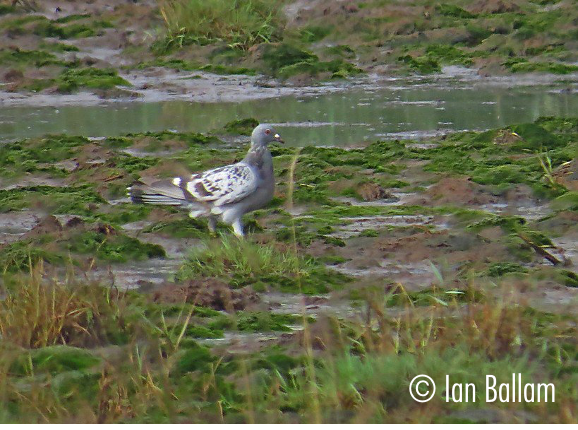
Ferruginous Duck
Latin Name
Aythya nyroca
Status
Vagrant
Site And Records Information
This small and rare duck from central and south-eastern Europe is now a regular feature on UK water bodies. With a reintroduction program in Germany too it’s likely we’ll begin seeing more records of ‘Fudge Duck’ over the coming years. To date there have been five Poole Harbour records.
1 female on the 24th Aug 1977 at Middlebere
1 female on 8th Jan 1979 at Poole Park
1 female on 21st Apr 1981 at Little Sea, Studland
1 adult male on 4th – 6th Jan 2003 at Little Sea, Studland (G. Walbridge et al). This bird was a regular feature at Morden Park Lake in winter from 1997. It had first been seen there in 1994. This was its first and only foray in to Poole Harbour.
1 male on 13th Oct 2006 at Little Sea, Studland (G. Armstrong, I. Prophet).
Fieldfare
Latin Name
Turdus pilaris
Status
Passage Migrant & Winter Visitor
Site And Records Information
Fieldfare begin to arrive in mid-October, increasing in numbers into November. The favoured sites are Soldiers Road, Middlebere, Upton Country Park, Arne, Bestwall, in fact anywhere with large fields and berry bushes for them to feed in. Cold weather movements can occur with counts of 20,000+ birds being reported flying over the harbour in a single day. Any records after March are unusual.
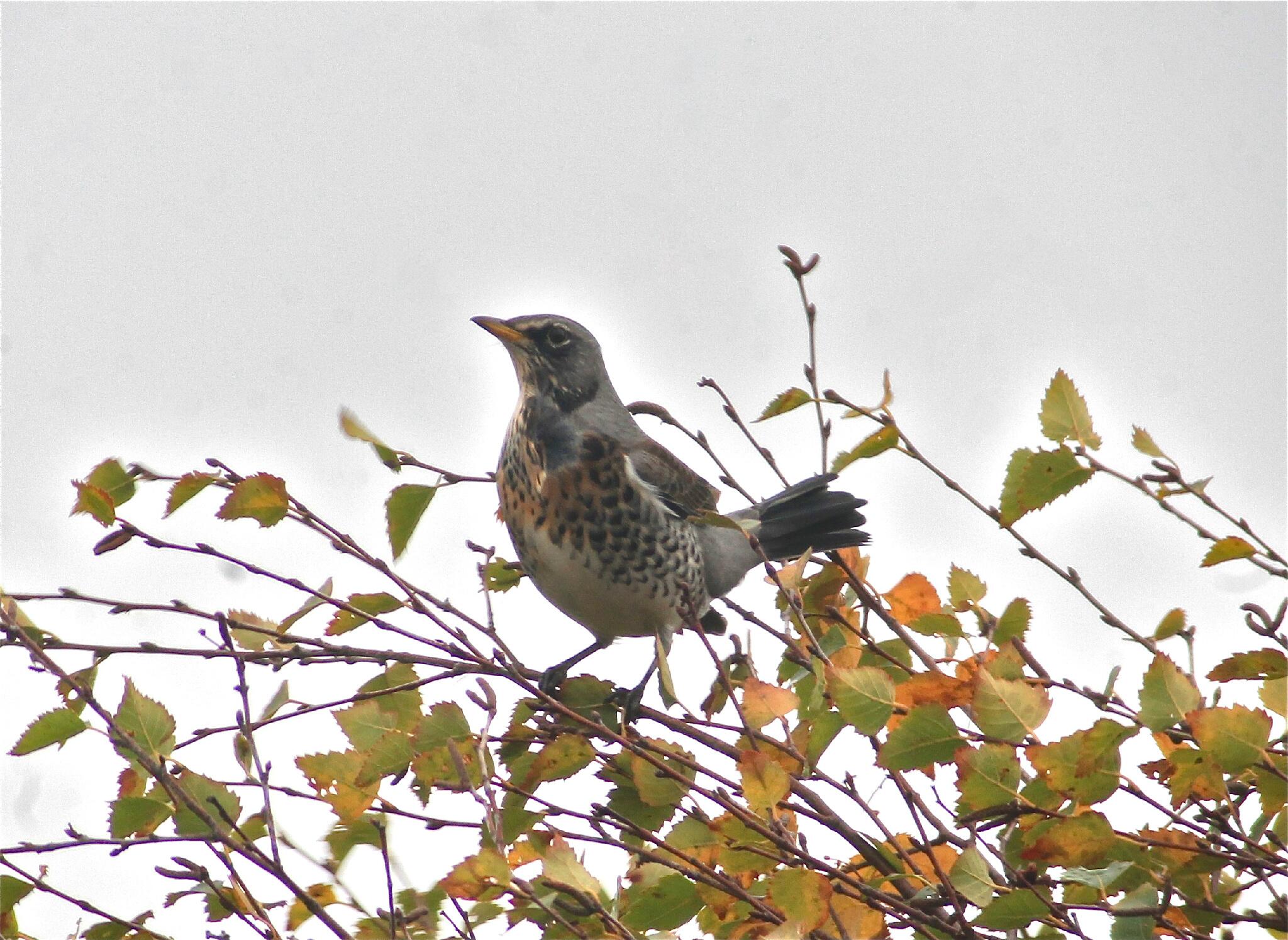
Firecrest
Latin Name
Regulus ignicapilla
Status
Scarce Resident
Site And Records Information
Most easily found in March and October/November when the breeding population is supplemented by migrants. Studland, Arne and the southern-most areas of the harbour seem to be popular but Upton CP, Lytchett Heath and Bay, Fleets Corner and even Poole Park see them during October. Can now be found across the harbour during winter. Holly and ivy being a favoured habitat. Recent breeding success at several sites including Arne and Brownsea Island indicate Firecrest are beginning to build a small but growing population within the harbour.
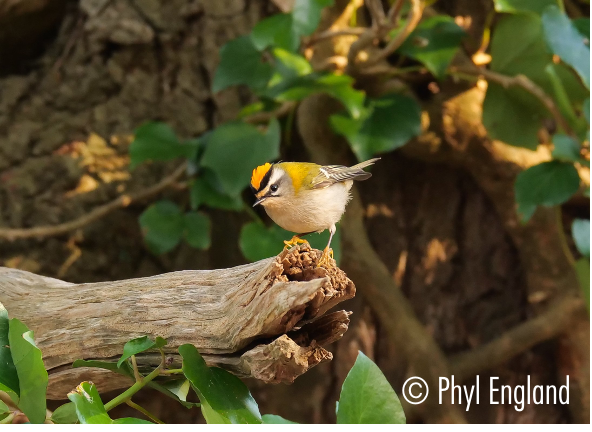
Forster’s Tern
Latin Name
Sterna forsteri
Status
Vagrant
Site And Records Information
An amazing record of 1 first seen in Lytchett Bay on the afternoon of April 23rd 2023 found by Steve Smith, which was then later re-found on the Brownsea Lagoon webcam that same evening. It then stayed for several days, but even more amazingly it then returned for a prolonged period during the aututmn of 2023.
A 2nd-calendar year at Sutton Bingham Reservoir on 6th Apr was relocated at Lytchett Bay and Brownsea Island on 23rd Apr, remaining in Poole Harbour until 16th May. It returned to Poole on 15th July for an extended visit of almost four months, and was last seen on 11th Nov. The second for Dorset, and the first for east Dorset after one on The Fleet and other sites in west Dorset in 1995/96. A summary of the various sites visited is below:
Spring 2023
Arne RSPB – 10th May.
Brownsea Island – 23rd Apr to 16th May, often roosting here
Lytchett Bay – 23rd-26th Apr and 3rd May (Steve F Smith, Julia Whittall et al, photo).
Studland – 12th May off Pilot’s Point.
Autumn 2023
Arne RSPB – Almost daily from 21st Jul to 11th Nov off Shipstal Point and in the Wareham Channel.
Brownsea Island – 15th-16th Aug and 1st-4th Sep at least.
Lytchett Fields RSPB – 15th Jul over French’s Pool (Shaun Robson, Ian Alexander et al, photo).
Middlebere – 21st Sep and 1st Oct at least.
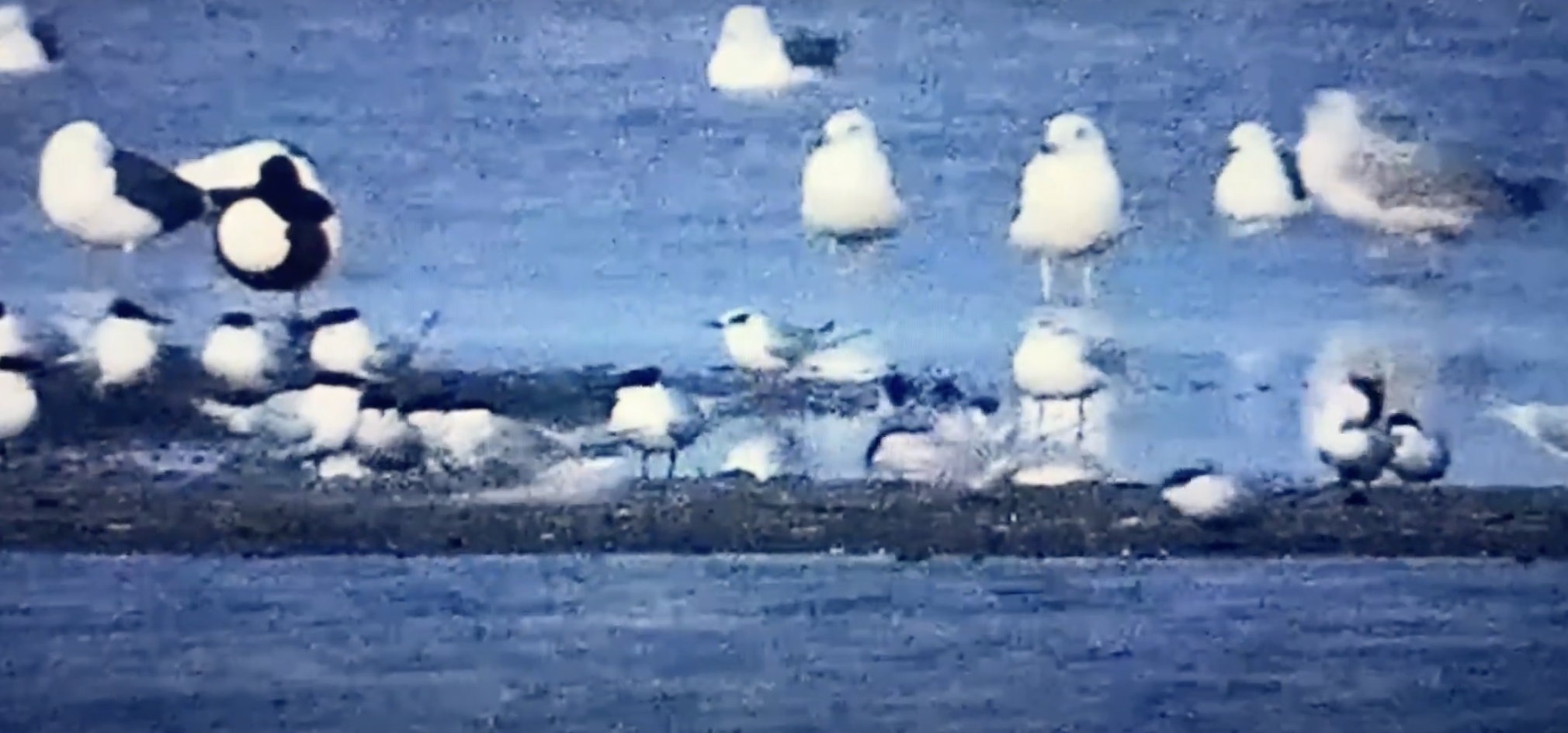
Franklin’s Gull
Latin Name
Larus pipixcan
Status
Vagrant
Site And Records Information
Up to the end of 2014 there have been 72 British records of this attractive Nearctic species. 5 of these have been in Dorset but only 1 in the harbour. How long before we can add the closely related Laughing Gull to the harbour’s list? It occurs almost 3 times as frequently in Britain.
A 2nd W on 17th Jan 2008 off Holton Lee in the large evening gull roost in the Wareham Channel (J.Lidster, N.Hopper). See page 197 of DBR 2008 for full write up.
Fulmar
Latin Name
Fulmarus glacialis
Status
Summer Visitor & Passage Migrant
Site And Records Information
Present throughout the breeding season, can be seen anywhere from Old Harry to Ballard Point although populations are declining. Regular passage bird out in Poole Bay. Fulmars first arrived in Dorset prospecting for nest sites in the 1940’s, with the first records for them settled on Ballard in 1982. More unusual sightings involve a bird flying high west over Stoborough on 17th June 1978 and one found grounded on a pavement in Wareham after a heavy hailstorm on 25th April 1991.
Passage birds regularly seen from Branksome Chine with a high counts of 41 past on 11th May 1997 also a ‘Blue Phase’ bird there on 23rd May 1996.
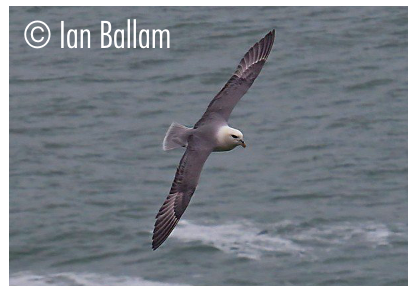
Call 01202 641 003
© 2025 Birds of Poole Harbour Registered Charity No. 1152615
